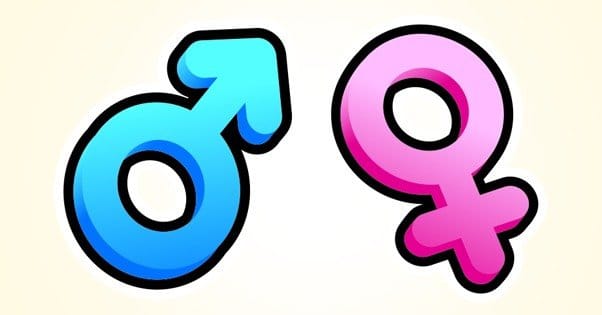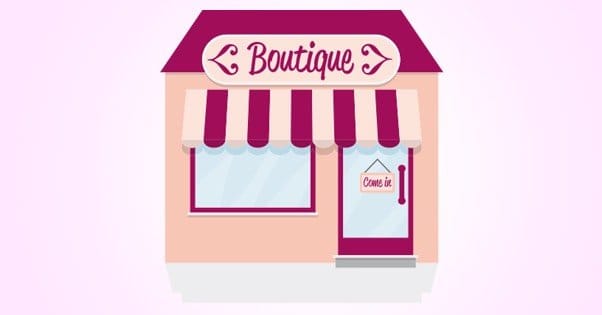 Written by ContentPowered.com
Written by ContentPowered.com
In the world of social justice, there has been an increasing movement towards gender fluidity and flexibility. The old dichotomy of male and female is on its way out. People identify as agender, androgynous, genderqueer, ftm or mtf, and anything else you can think up.
Facebook has become one of the first websites in the world to offer a whole host of these gender options as selectable identifiers in the profile of the average user. There are a lot of them – the gender options, I mean – totally up to 56 different options. Though, this is a little inaccurate; many of the options are very similar. Just take Cis for example; you have Cis, Cisgender, Cis man, Cis male, Cis woman, Cis female, Cisgender man, Cisgender male, Cisgender woman, and Cisgender female. If you’re the kind of person to whom the difference matters, it makes Facebook a very progressive site.
As if that wasn’t enough, Facebook even added in a custom form, for those Tumblrites who identify as cats or saran wrap or whatever other made-up genders they want to use to invalidate and dilute the legitimate social movement going on at the core of the changes.
By the way, don’t read the comments on the article I just linked. It’ll just make you angry, no matter what site of the movement you’re on.
That said, Facebook allows you to pick and choose who can see your gender options, which means they can’t be used for ad targeting. Any such private information is unavailable for targeting. Instead, Facebook goes by some other indicator. I’m honestly not sure what happens.
- On one hand, Facebook could go based on your previous gender before the options were added, so if you were Male before, but now you’re Agender, you’ll still count as Male for the purpose of ad targeting.
- On the other hand, it might go based on the male/female identification of your current gender setting. Agender might be targetable with both male and female ads, or maybe neither, while Intersex qualify for both.
- Another option might be going based on pronoun choice rather than gender selection. Despite this long list of gender options, you still choose your pronoun of choice between he, she, and they.
However it works, Facebook doesn’t allow marketers to target, say, specifically the MTF transgender users of the site, or specifically the non-binary members of the community.
Ad Targeting Specifics
All of that detail about gender fluidity and all the options Facebook gives you? As a marketer, forget it. It’s essentially entirely for the public face. It’s for social justice activists. Facebook placates them by allowing them to display whatever they want, while still limiting the information in the back end to the traditional male/female dichotomy.
This is a good thing for marketers for two reasons.
First, it prevents marketers from targeting custom genders, specifically genders that aren’t part of the “mainstream” gender movement. This goes along with Facebook’s rules against over-targeted ads that have too small audiences. There’s a famous story from last year about a guy using Facebook ads to narrowly target just one person; their roommate. You can read about the story here.
When used as a benign prank, it caused paranoia and could have ruined a man’s life. Imagine what could happen if Facebook allowed that to continue, and someone used it for harassment or for hate speech. It’s a good thing Facebook has blocked it by requiring a certain minimum number of users in an audience.
The other reason it’s a good thing for marketers is because it makes things that much simpler. It’s easy to split test ads between genders now. Imagine if you had to split test them amongst the dozens of display genders Facebook allows.
In the internal ads system, it’s literally a binary choice. If you get down to the API level, looking at code directly, you have a 1 and a 2 as options to specify. The 1 means male, and the 2 means female. 0 means nothing, nor does any other number. Leaving the field blank targets both genders indiscriminately.
Appropriately Using Facebook Ad Gender Targeting
So, as I mentioned, you can’t use ads to target people using non-standard genders. This puts a bit of a damper on any marketing excitement you may have had from Facebook implementing all of those options.
Don’t get me wrong; I think at some point it would be a good idea for Facebook to figure out the most popular and necessary gender options and add them to their marketing side. There are businesses out there that cater almost entirely to transgender or gender fluid crowds. Those businesses could benefit greatly from the ability to target their actual audience.
However, for now, you only have three choices. All genders, males, and females. When you’re targeting by gender, consider it just one small sub-refinement among many. You’re never going to run an ad targeted at males with no further targeting options. That would be insane, and it would waste your ad budget almost immediately.
Using audience genders appropriately comes down to knowing your audience. If you’re a clothing store selling female teenager clothing, chances are you’re going to want to target females. If you’re a brand whose audience mostly consists of men ages 35-50, you’ll want to use that age and gender targeting for your most precise ads.
There’s really nothing more to it. Learn your audience, target them appropriately, and don’t worry about the custom gender options until such time as Facebook decides to implement them in marketing.
